Home>Interior Design>I’m An Interior Designer – And This Is How I Choose Art For My Clients’ Rooms
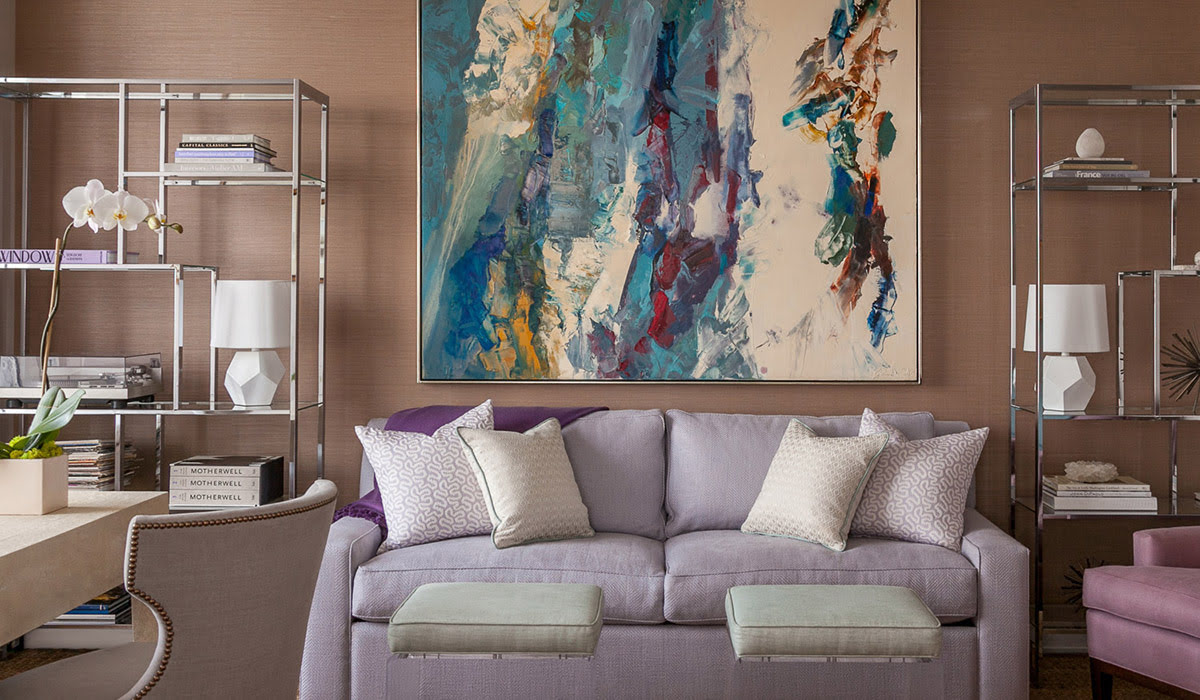

Interior Design
I’m An Interior Designer – And This Is How I Choose Art For My Clients’ Rooms
Modified: September 1, 2024
Learn how an interior designer chooses art for clients' rooms and enhances their spaces. Gain valuable insights and inspiration from an expert in interior design.
(Many of the links in this article redirect to a specific reviewed product. Your purchase of these products through affiliate links helps to generate commission for Storables.com, at no extra cost. Learn more)
Introduction
As an interior designer, one of the most exciting aspects of my job is curating art for my clients’ rooms. Art has the power to transform a space, adding personality and creating a focal point that can elevate the overall design. However, choosing the perfect artwork can be a daunting task, as it requires a deep understanding of the client’s style, needs, and the art itself.
In this article, I will share my approach to selecting art for my clients’ rooms, taking into consideration various factors such as style, placement, size, medium, colors, textures, and budget. By following these guidelines, you can create a harmonious and visually striking space that reflects your client’s taste and enhances the overall design.
Whether you’re an interior designer looking for inspiration or a homeowner wanting to enhance your space with art, this guide will provide you with valuable insights on how to choose the perfect artwork.
Key Takeaways:
- Art selection should align with the client’s style, needs, and room function. Understanding preferences, considering placement, and balancing elements are crucial for creating a visually appealing and purposeful space.
- Budgeting wisely and exploring affordable options can help incorporate high-quality artwork within financial constraints. Consider prints, rentals, and leveraging connections within the art community for cost-effective solutions.
Read more: How To Fix E2 Error In A Washing Machine
Understanding the Client’s Style and Needs
The first step in selecting art for a room is understanding the client’s style and needs. I start by engaging in a thorough conversation with my clients, asking them about their preferences, interests, and the ambiance they want to create in the space. This helps me gain insight into their personal style, whether it’s modern, traditional, eclectic, or minimalist.
It’s also important to consider the room’s purpose and its intended atmosphere. A bedroom may require artwork that creates a serene and calming environment, while a living room might benefit from bold and vibrant pieces that make a statement. Understanding the client’s needs and the purpose of the room helps me narrow down the art options.
Identifying Art Placement Opportunities
Next, I carefully analyze the room’s layout to determine the best placement for the artwork. I consider factors such as wall space, architectural features, and furniture arrangement. Identifying the focal points in the room, such as the fireplace or a large window, helps guide the placement of the art.
I love to experiment with unconventional art placement opportunities. Instead of simply hanging art on the walls, I explore options like leaning oversized artwork against the wall, creating a gallery wall, or even placing sculptures on shelves or mantels. These creative placements add depth and visual interest to the space.
Determining the Right Art Size and Scale
The size and scale of the artwork play a crucial role in creating a balanced and visually pleasing composition. In larger rooms, I often opt for larger art pieces to fill the space and make a statement. Conversely, smaller rooms may benefit from smaller artworks or a curated collection of smaller pieces.
When it comes to scale, it’s important to consider the proportion of the artwork to the surrounding furniture and architectural elements. If the art is too small or too large for the space, it can feel disjointed and overpowering. I take precise measurements of the wall or the area where the art will be placed to ensure a perfect fit.
Key Takeaways:
- Art selection should align with the client’s style, needs, and room function. Understanding preferences, considering placement, and balancing elements are crucial for creating a visually appealing and purposeful space.
- Budgeting wisely and exploring affordable options can help incorporate high-quality artwork within financial constraints. Consider prints, rentals, and leveraging connections within the art community for cost-effective solutions.
Read more: How To Fix E2 Error In A Washing Machine
Understanding the Client’s Style and Needs
The first step in selecting art for a room is understanding the client’s style and needs. I always begin by having an in-depth conversation with my clients to gain insight into their preferences, interests, and the overall vibe they want to create in their space. This helps me tailor the art selection to their unique taste and ensures that the artwork will resonate with them on a personal level.
During these discussions, I ask questions about their favorite colors, patterns, and overall design aesthetic. This insight enables me to narrow down the options and choose artworks that align with their style. For instance, if a client prefers a modern and minimalist look, I would lean towards selecting abstract or contemporary pieces with clean lines and neutral color palettes. On the other hand, if the client leans towards a more traditional style, I would consider classic paintings or vintage-inspired prints.
Additionally, understanding the purpose and function of the room is vital in art selection. For instance, in a home office or workspace, it is important to choose artwork that inspires creativity and focus. On the other hand, in a bedroom, the art should create a soothing and calming atmosphere conducive to relaxation.
Another aspect to consider is the client’s personal interests and hobbies. If they have a specific passion, such as music, sports, or nature, incorporating art related to these interests can add a personal touch and make the space more meaningful to them. For instance, a musician may appreciate a large art piece depicting musical instruments or music notes, while a nature lover may gravitate towards landscapes or botanical illustrations.
It’s crucial to establish a strong rapport with the client to gain their trust and have a better understanding of their style and needs. This allows us to collaborate and create a space that truly reflects their personality and aspirations. I often encourage clients to share inspiration images or take them to art galleries or exhibitions to get a better sense of their taste and preferences.
By taking the time to understand the client’s style and needs, I can curate a collection of art that not only enhances the aesthetic of the room but also resonates with the client on a deeper level. This personalized approach ensures that the art selection becomes an integral part of the overall design, creating a cohesive and captivating space.
Identifying Art Placement Opportunities
Once I have a clear understanding of the client’s style and needs, the next step is to identify the best placement opportunities for the artwork. The placement of art plays a crucial role in enhancing the overall design and creating a visually appealing space.
Firstly, I consider the architectural features and layout of the room. I pay close attention to elements such as windows, doors, and alcoves, as they offer unique opportunities for art placement. For example, a large window can serve as a natural frame for a piece of art, or an alcove can be the perfect spot for a sculpture or a small gallery wall.
Next, I evaluate the available wall space. I look for large, empty walls that can serve as a focal point for showcasing a statement piece or a gallery installation. These walls provide a blank canvas for the art to shine and become a central point of visual interest in the room.
In addition to traditional wall placement, I also explore unconventional art placement options. Leaning oversized artwork against a wall adds a relaxed and contemporary vibe to the space. It creates a sense of casual elegance and allows the art to make a statement without overpowering the room. This approach works particularly well in open-concept spaces or rooms with high ceilings.
Another art placement opportunity that I often explore is creating a gallery wall. Gallery walls can be a wonderful way to display a curated collection of art, photographs, or even meaningful objects. I play with different layouts, arranging the pieces in a grid pattern, a salon-style arrangement, or a mix of various sizes and shapes. Gallery walls add dimension, personality, and a sense of visual intrigue to the room.
In some cases, art can also be placed on surfaces other than walls. Floating shelves, mantels, or console tables can serve as platforms to showcase smaller artworks, sculptures, or decorative objects. These surfaces provide an opportunity to create layered displays that incorporate both art and other design elements, such as books, plants, or decorative accents.
When identifying art placement opportunities, it’s important to consider the flow of the room and how the art interacts with the surrounding furniture and decor. The art should complement and harmonize with the overall design scheme, creating a cohesive and balanced look.
By exploring various art placement opportunities, whether on the walls, leaning against them, or on other surfaces, I can create a unique and visually captivating space that showcases the art in the most impactful way.
Determining the Right Art Size and Scale
Choosing the right size and scale of art is crucial in creating a balanced and visually appealing composition within a room. The size of the artwork should be proportional to the wall space and the surrounding furniture to ensure that it complements the overall design and doesn’t overwhelm or get lost in the space.
When determining the size of art, I consider the dimensions of the wall or the specific area where the artwork will be placed. For larger walls, I often opt for larger art pieces to fill the space and create a bold statement. A large-scale artwork can serve as a captivating focal point and anchor the room’s design. On the other hand, for smaller walls or nooks, smaller art pieces or a curated collection of smaller artworks can add interest without overpowering the space.
Moreover, it’s crucial to consider the scale in relation to the surrounding furniture and architectural elements. Art should be in harmony with its surroundings to create a cohesive and visually pleasing composition. For example, in a living room with a large sofa, a large artwork is usually appropriate as it balances the scale of the furniture. Conversely, if the room features smaller furniture, it is best to opt for smaller to medium-sized artworks.
When selecting art for a specific space, it’s helpful to visualize the artwork and measure the area beforehand. I use painters’ tape or cutouts to map out the dimensions of the art on the wall. This allows me to get a sense of how the piece will look in the space and make any necessary adjustments before making a final decision.
Another factor to consider when determining the right size and scale is the desired impact of the artwork. If the goal is to create a bold and dramatic statement, larger-scale art can be an excellent choice. Conversely, if the objective is to add subtle accents or create a gallery wall with smaller pieces, a combination of smaller to medium-sized artworks may be more appropriate.
Finally, it’s important to keep in mind the viewing distance when selecting the size and scale of art. For art that will be primarily viewed from a distance, such as in a hallway or entryway, larger pieces can make a stronger impact. Conversely, if the art will be viewed up close, such as in a reading nook, smaller details and intricate pieces may be more suitable.
By carefully considering the size and scale of art in relation to the wall space, furniture, and overall design scheme, I am able to create a harmonious and visually pleasing composition that enhances the aesthetic of the room.
When choosing art for a client’s room, consider the color scheme, style, and mood of the space. Look for pieces that complement the design and evoke the desired atmosphere.
Selecting the Appropriate Art Medium and Style
Choosing the appropriate art medium and style is essential in capturing the desired atmosphere and aesthetic within a space. The medium refers to the materials and techniques used to create the artwork, while the style refers to the artistic genre or visual language employed by the artist.
When selecting the art medium, I consider the overall design concept and the mood the client wants to evoke in the room. Each medium has its own unique characteristics and can convey different feelings and emotions. For example, an oil painting can add a sense of richness and depth, while a watercolor painting can evoke a more delicate and ethereal ambiance. Sculptures and ceramics, on the other hand, can add texture and three-dimensional interest to the space.
In addition to considering the medium, I also take into account the client’s personal preferences and the existing elements within the room. If the room has a modern aesthetic, I might opt for artworks using contemporary mediums such as digital art or mixed media. For a more traditional or rustic space, I may choose artworks created with classic mediums like acrylic or oil paint.
The style of the artwork is another important consideration. The style should harmonize with the overall design concept and the client’s personal taste. It can range from realistic and representational to abstract and experimental. The choice of style depends on the client’s preference and the atmosphere they want to create within the room.
For clients who appreciate a timeless and classic look, I often suggest artworks in a traditional or realistic style. These artworks tend to have a level of detail and precision that complements more formal and traditional interiors. On the other hand, clients who prefer a more contemporary and eclectic style may opt for abstract or modern art styles. These styles often use bold colors, geometric shapes, and unconventional compositions to create a sense of energy and visual interest.
In some cases, the artwork style can be inspired by the theme or concept of the room. For example, for a coastal-themed room, artworks featuring seascapes or marine life can be a delightful addition. A minimalist space may benefit from black and white photography or abstract art with clean lines and minimal color palettes.
Ultimately, the selection of the appropriate art medium and style should align with the client’s taste, the room’s design concept, and the desired ambiance. It’s important to strike a balance between complementing the existing elements in the room and adding visual interest through the chosen art medium and style.
By carefully considering the art medium and style, I can curate a collection of artworks that not only reflects the client’s personality and vision but also enhances the overall design and atmosphere of the space.
Incorporating Colors and Textures
When it comes to choosing art for a room, one cannot underestimate the power of colors and textures. Artwork allows us to infuse a space with different hues, tones, and textures, creating visual interest and enhancing the overall design. Incorporating the right colors and textures can evoke specific emotions, set the mood, and tie the room’s aesthetic together.
When considering colors, I start by looking at the existing color scheme within the room. The artwork should complement or accentuate the colors already present in the space. For example, if the room features a neutral palette, I might choose artwork with pops of vibrant colors to add a sense of energy and vitality. If the room already has bold colors, I may opt for more subtle or complementary hues in the artwork to create a harmonious balance.
However, incorporating colors doesn’t necessarily mean being limited to literal representations. Sometimes, a monochromatic or black-and-white artwork can create a striking contrast and add a sense of sophistication to a room. Alternatively, a piece that features a range of colors can serve as the focal point and tie in various elements within the space.
Textures also play a crucial role in creating depth and visual interest in art. Different artistic mediums naturally lend themselves to specific textures and techniques. For example, a painting created with impasto technique can add a three-dimensional texture, while a photograph printed on canvas can offer a tactile quality.
When considering textures, I take into account the overall design concept and the desired ambiance of the room. If the room has a cozy and warm atmosphere, I might opt for artworks with organic textures, such as woven textiles or sculptural pieces. In more contemporary spaces, I might introduce artworks with sleek and smooth surfaces to create a sense of modernity and crispness.
It’s important to strike a balance between the colors and textures within the artwork to ensure they complement other elements in the space. Artwork with bold colors and intricate textures may serve as a focal point, while more subtle pieces with softer colors and smoother textures can create a sense of tranquility and balance.
Furthermore, incorporating colors and textures doesn’t only apply to the artwork itself. It can also extend to the framing and display of the artwork. Choosing the right frame color and texture can enhance the impact of the artwork and tie it in with the room’s overall design scheme.
By thoughtfully incorporating colors and textures in the art selection process, I create a visual harmony that enriches the space and adds a layer of depth and interest. The right combination of colors and textures can truly transform a room and make a memorable statement.
Balancing Art with Other Elements in the Room
When selecting art for a room, it’s crucial to achieve a harmonious balance between the artwork and other elements within the space. Art should complement and enhance the overall design, while also standing out as a captivating focal point. By considering the following factors, I ensure that the art blends seamlessly with the room’s aesthetic.
One of the key considerations is the scale and proportion of the artwork in relation to the other elements in the room. If the space features large furniture pieces or architectural elements, choosing oversized artwork can help create visual balance. Conversely, smaller artworks might be more appropriate for rooms with delicate or minimalist furnishings.
The visual weight of the art also plays a crucial role in achieving balance. Art with bold colors, intricate details, or strong subject matter tends to have a higher visual weight. To balance this, I ensure that other elements in the room, such as furniture, rugs, or accessories, have a similar visual weight or a complementary visual presence. This prevents the art from overwhelming the space or feeling disconnected from its surroundings.
Consider the placement of other decor elements in relation to the art. It’s important that they do not compete for attention or visually clash with the artwork. For example, if the art piece is already vibrant and busy, I might opt for more subtle and complementary patterns and textures in the furniture or accessories.
Color harmony is another vital aspect of achieving balance. The colors in the artwork should complement and harmonize with the room’s color palette. This can be achieved by selecting art pieces that feature colors already present in the room or by choosing complementary or analogous colors that create a cohesive and visually pleasing composition.
Additionally, consider the style and theme of the room when selecting art. The artwork should align with the overall design concept and aesthetic. For a room with a specific theme, such as a coastal or tropical theme, incorporating art that reflects that theme can help establish a cohesive and immersive environment.
Lastly, consider the visual flow and arrangement of the art within the space. The placement of the artwork should be intentional and purposeful. I aim to create a sense of visual balance and harmony by distributing art throughout the room, ensuring that no single wall or area feels overloaded with art while other spaces feel empty.
By considering the scale, proportion, visual weight, color harmony, style, and arrangement of the artwork in relation to other elements in the room, I am able to achieve a balanced and visually appealing composition. The art becomes an integral part of the overall design, enhancing the aesthetic while seamlessly blending with the room’s other elements.
Considering the Room’s Function
When choosing art for a room, it’s essential to consider the room’s function and how the artwork will contribute to the overall atmosphere and purpose of the space. Different rooms have different functions, and the art selected should align with and enhance those functions.
If the room is a living room or entertainment space, the artwork can serve as a conversation starter or a focal point for social gatherings. In this case, I might select bold and captivating pieces that spark intrigue and encourage discussion. Additionally, art in these spaces can be chosen to create a warm and inviting atmosphere, making guests feel comfortable and entertained.
For a bedroom or a relaxation space, the artwork should promote a sense of tranquility and calm. Soft and soothing colors, serene landscapes, or abstract artwork with gentle lines and curves can create an atmosphere conducive to relaxation and rest. Artwork in these spaces should provide a visual escape from daily stresses and help create a peaceful ambiance.
In an office or workspace, the artwork can inspire creativity and productivity. Choosing art that reflects the client’s interests or occupation can add a personal touch and create a motivational environment. Artwork in these spaces should be energizing and thought-provoking to foster focus and inspiration.
The art selected for a dining room can contribute to the overall dining experience. Artwork with food or beverage themes can enhance the culinary atmosphere, while abstract art can add sophistication and create a visually pleasing backdrop for meals. The artwork in this area should complement the dining table and other dining room furnishings to create a cohesive and inviting setting.
Incorporating art in a children’s room or playroom is an opportunity for creativity and imagination. Bold, colorful, and playful artwork can capture the essence of childhood joy and adventure. Choosing art that is age-appropriate and sparks curiosity can encourage the child’s imagination and contribute to their overall development and enjoyment of the space.
It’s important to keep in mind the specific needs and functions of each room when choosing art. Artwork can significantly impact the mood and atmosphere of a space, and selecting pieces that align with the room’s function can enhance the overall user experience.
By considering the room’s function and how the artwork will contribute to that function, I can create spaces that are not only visually appealing but also serve their intended purpose. The art becomes an integral part of the room’s design, enhancing the function and atmosphere of the space.
Budgeting for Artwork
When it comes to incorporating art into a design project, budgeting is a crucial aspect to consider. Buying artwork can range from affordable options to high-end investments, depending on factors such as the artist’s reputation, medium, size, and rarity. By establishing a clear budget, you can ensure that the art selected aligns with your financial constraints while still enhancing the overall design.
First, determine a realistic budget for the art based on the client’s overall project budget and priorities. This will help set expectations and guide the selection process. It’s important to have an honest conversation with the client about their budget constraints and to focus on finding art options within that range.
One way to work within a budget is to explore local artists, emerging talents, or even art students. These artists often offer their artwork at more affordable prices, allowing you to support local talent while still obtaining unique and captivating pieces. Additionally, art fairs and online platforms can be great sources for discovering affordable art options.
Consider investing in limited edition prints or reproductions rather than original pieces. These can offer a more cost-effective way to enjoy renowned artworks or artists’ works without breaking the bank. High-quality prints can still have a significant impact on the design and aesthetics of the space.
Another budget-friendly approach is to explore the world of digital art. Digital art has gained popularity in recent years and offers a wide range of options that are often more affordable than traditional art. Digital art can be displayed on digital screens or printed on canvas, allowing for flexibility in size and style.
Alternatively, consider leasing or renting artwork. This is a great option for temporary projects or spaces where the artwork can be periodically refreshed. Renting allows you to access a variety of artworks without the commitment of purchasing, making it a cost-effective solution.
Utilize your network and connections within the art community. Artists, gallery owners, and art consultants may have access to special deals or be able to negotiate prices on behalf of their clients. Building relationships in the art industry can open up opportunities for affordable artwork options.
Finally, be mindful of additional expenses such as framing, shipping, or installation costs. These can significantly impact the overall budget, so it’s important to consider these factors when making your selections. Opting for standard sizes or DIY framing can help save on framing costs, while local artists may offer free or affordable delivery options.
It’s important to note that while budgeting is a key factor, the primary focus should be on finding art that resonates with the client and complements the overall design vision. With the right approach and a well-planned budget, you can successfully incorporate art into your design projects without compromising on quality or style.
Conclusion
Choosing art for a room is an exciting and essential part of the interior design process. The right artwork has the power to transform a space, adding personality, depth, and visual interest. By following a thoughtful and strategic approach, you can select art that not only enhances the overall design but also resonates with the client on a personal level.
Understanding the client’s style and needs is the foundation of selecting art that complements their vision. By engaging in meaningful conversations and asking pertinent questions, you can gain insights into their preferences, interests, and the ambiance they want to create. This knowledge guides the art selection process, ensuring a harmonious and meaningful result.
Identifying art placement opportunities is crucial in creating a visually appealing space. By considering factors such as wall space, architectural features, and unconventional placement options, you can find the perfect spot for the artwork to shine and become a captivating focal point.
Determining the right art size and scale is essential in creating a balanced composition within the room. By considering the dimensions of the walls, the surrounding furniture, and the overall aesthetic, you can choose artwork that fits harmoniously within the space.
Selecting the appropriate art medium and style adds an extra layer of depth and character to the room. By considering the overall design concept and the desired atmosphere, you can choose art that complements the space and reflects the client’s personal taste.
Incorporating colors and textures in the art selection process adds visual interest and enhances the overall design. By considering the existing color palette and incorporating textures that complement the room’s ambiance, you create a cohesive and captivating composition.
Balancing art with other elements in the room is essential in creating a harmonious and visually pleasing space. By considering factors such as scale, proportion, visual weight, and color harmony, you ensure that the artwork blends seamlessly with the room’s aesthetic and other design elements.
Considering the room’s function helps align the artwork with its intended purpose and atmosphere. By choosing art that complements the room’s function, you enhance the overall user experience and create a space that is not only visually pleasing but also serves its intended purpose.
Lastly, budgeting for artwork allows you to find art options that align with your financial constraints while still enhancing the overall design. By exploring affordable options, considering prints or rentals, and utilizing your network, you can find high-quality artwork within your budget.
In conclusion, selecting art for a room is a creative and rewarding process. By understanding the client’s style, identifying placement opportunities, determining the right size and scale, selecting the appropriate medium and style, incorporating colors and textures, balancing art with other elements, considering the room’s function, and budgeting wisely, you can curate a collection of artwork that elevates the space and brings joy and inspiration to those who experience it.
Frequently Asked Questions about I'm An Interior Designer – And This Is How I Choose Art For My Clients' Rooms
Was this page helpful?
At Storables.com, we guarantee accurate and reliable information. Our content, validated by Expert Board Contributors, is crafted following stringent Editorial Policies. We're committed to providing you with well-researched, expert-backed insights for all your informational needs.


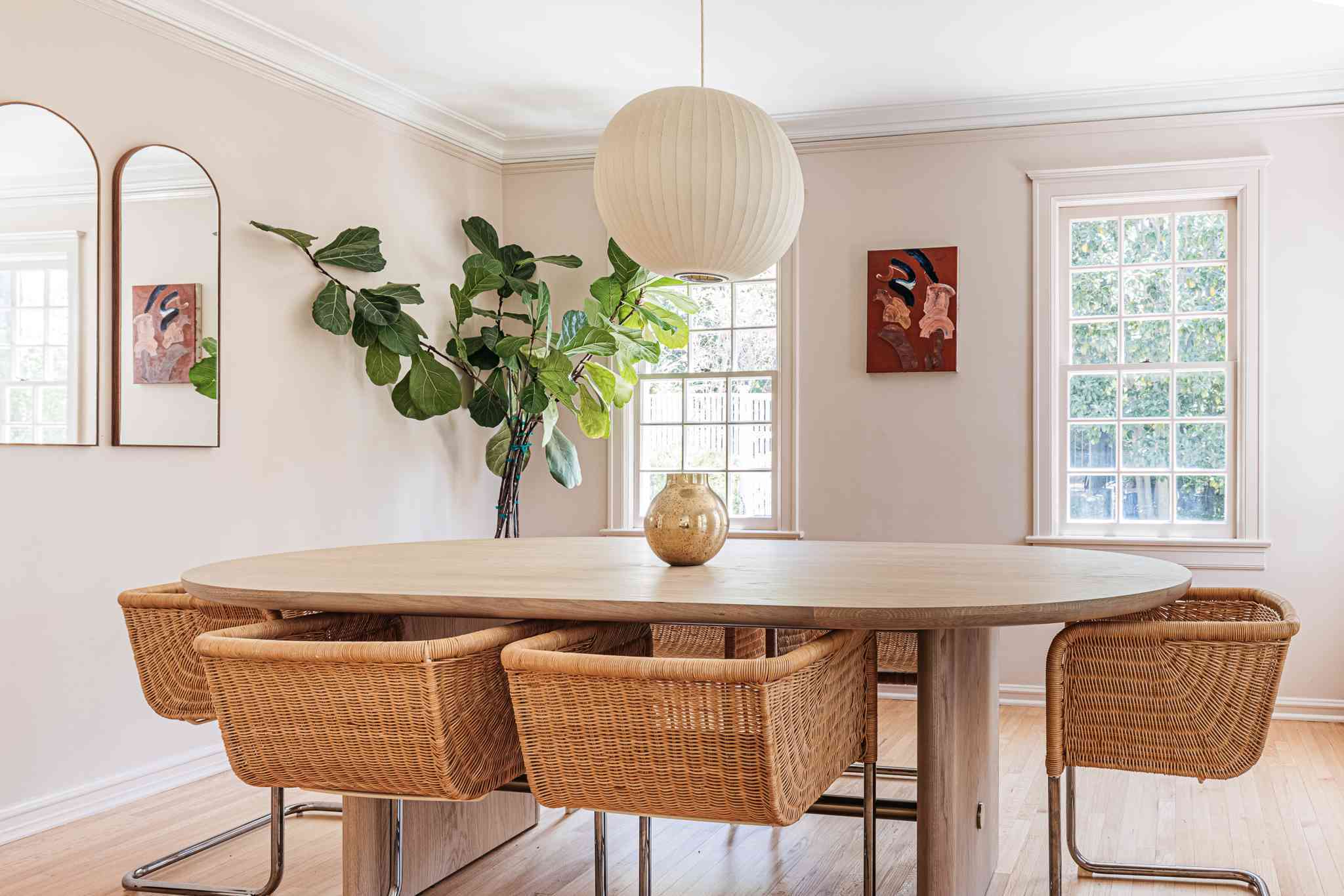


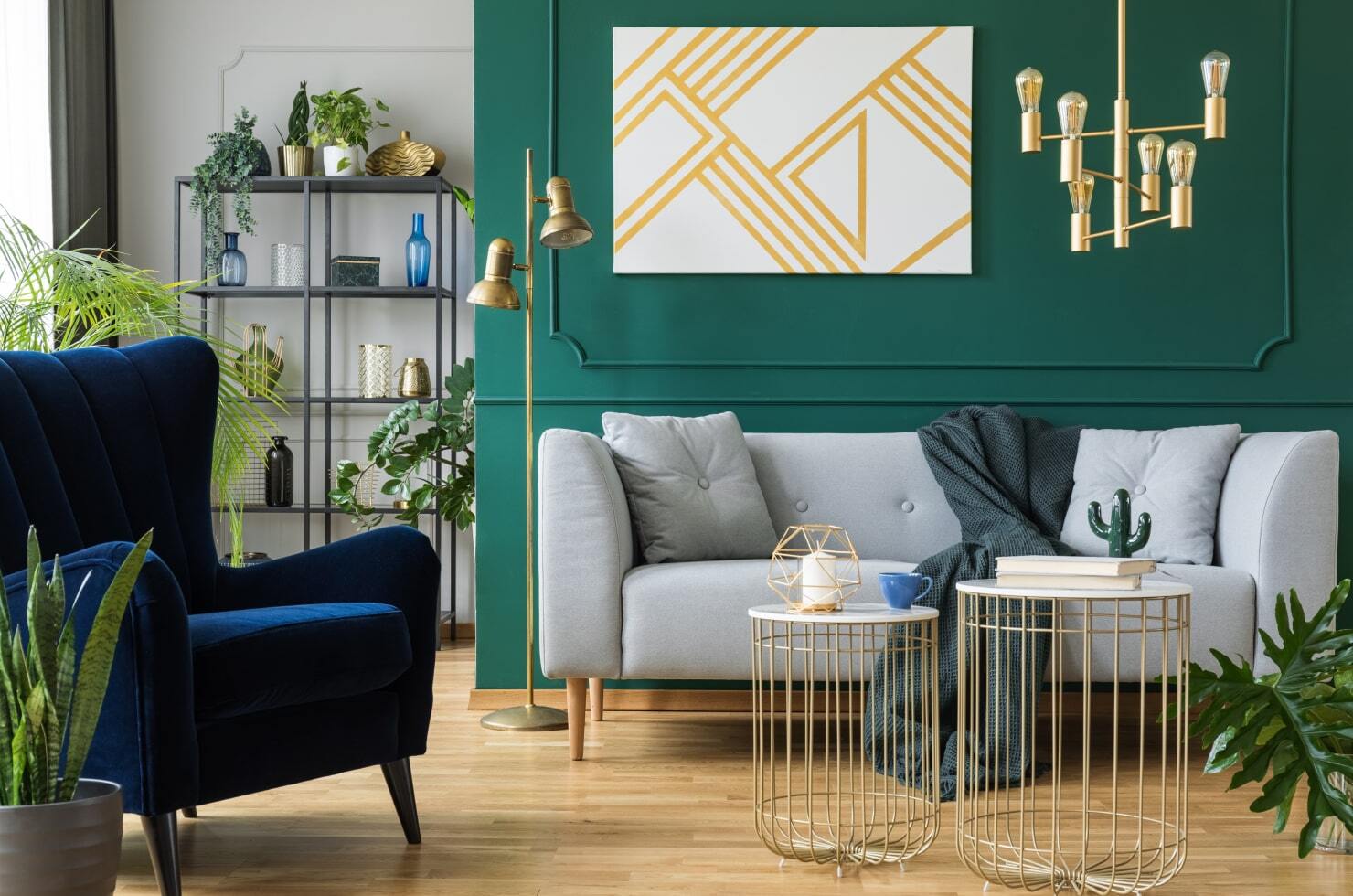

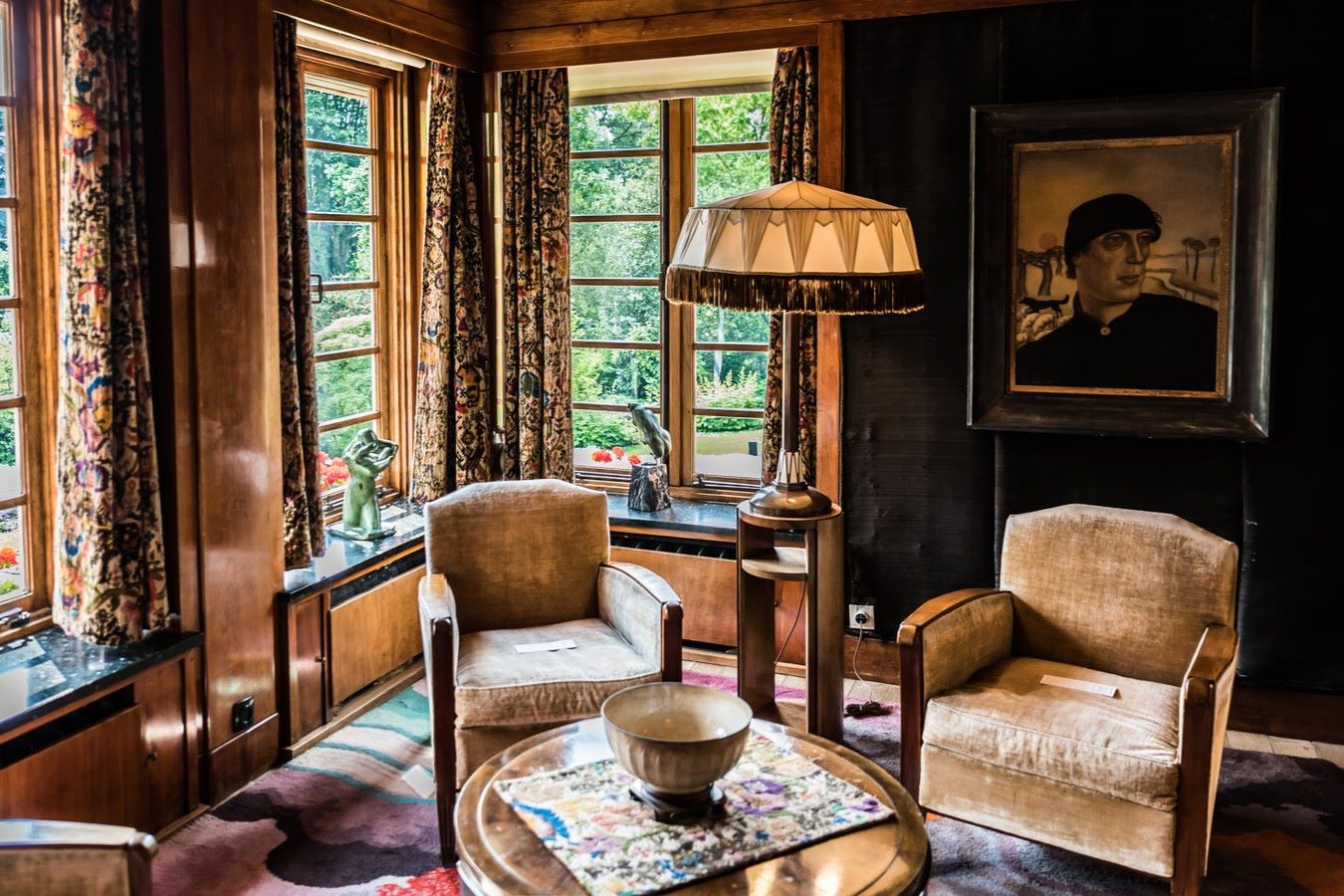



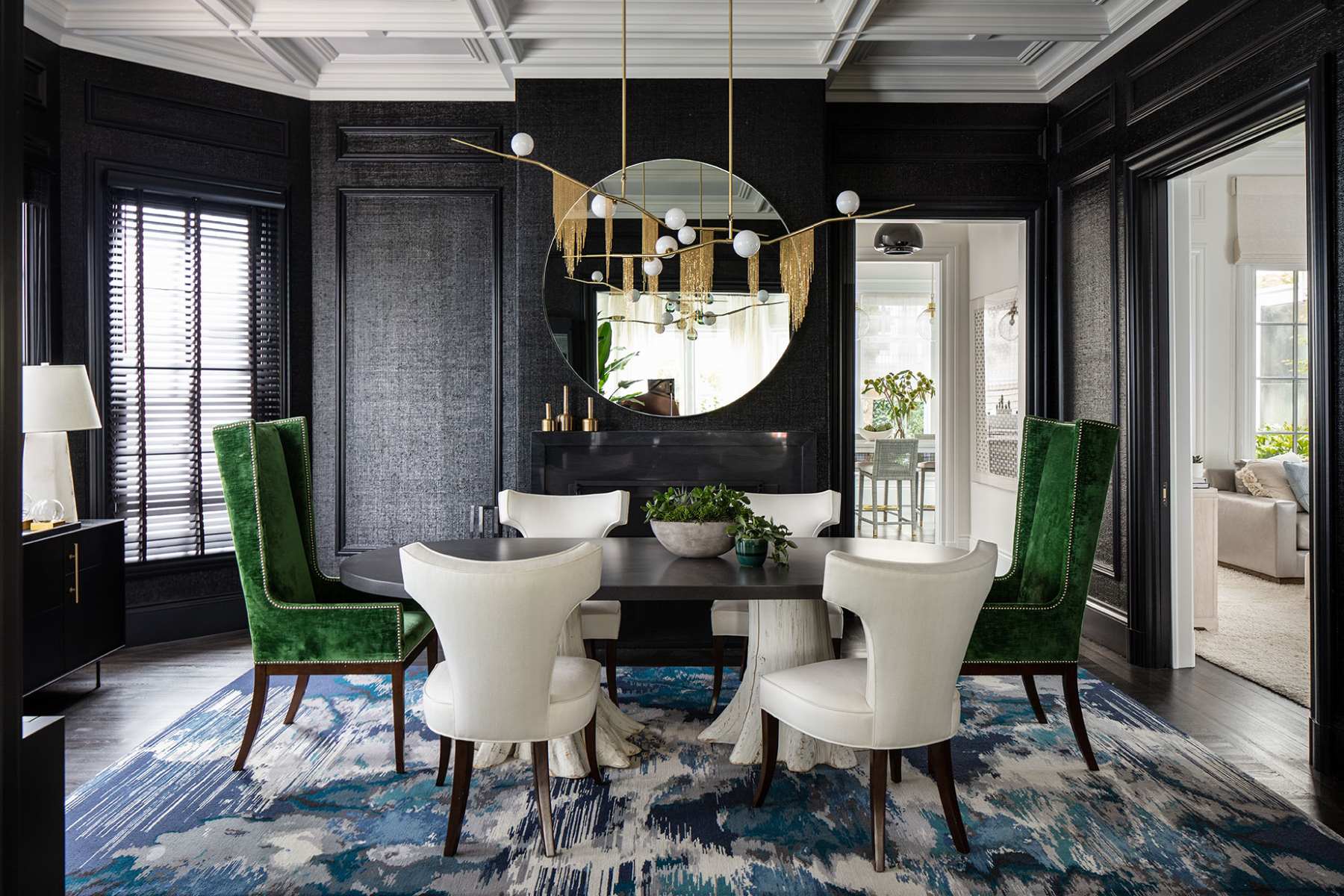
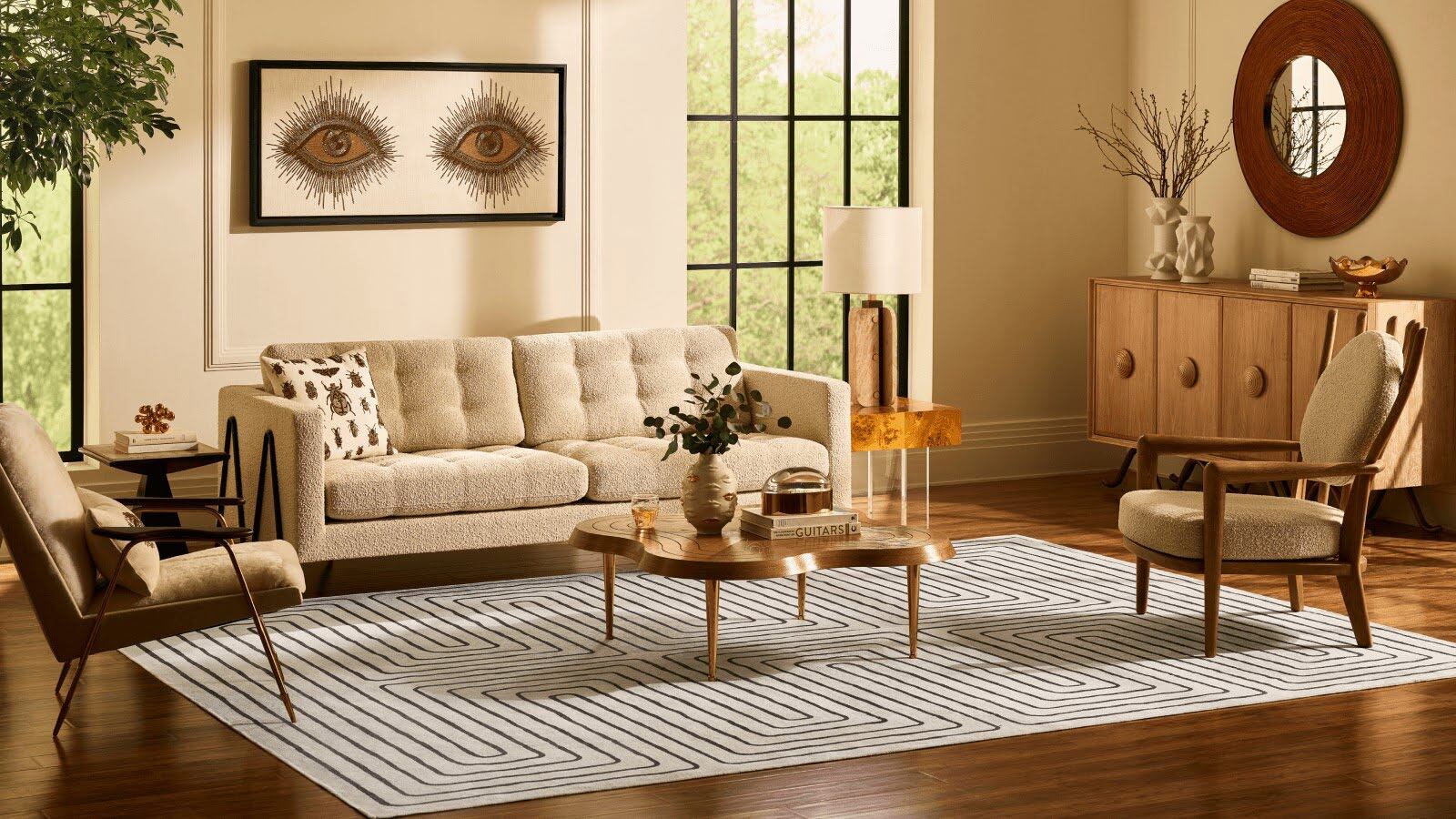

0 thoughts on “I’m An Interior Designer – And This Is How I Choose Art For My Clients’ Rooms”